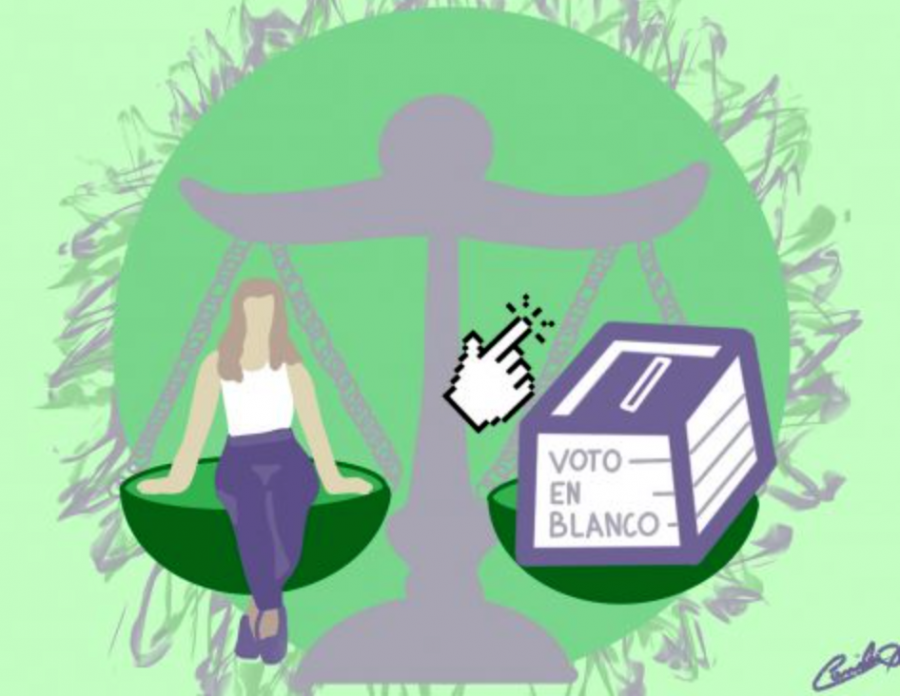STUCO Candidates vs Voto en Blanco: The Controversy
In High School, the competition of STUCO candidates against the voto en blanco sparks debate as students and former candidates question its use, and claim that when. “…there’s only one representative, that should be it,” said former contender against the voto en blanco, and current 12th grade STUCO representative, Nicolás Zarate.
STUCO candidates were running against the voto en blanco in three High School grade levels. The debate on the vote continues as voto en blanco was claimed the winner in 10th grade.
In a never before seen election, an argument regarding the votes’ legitimacy has emerged amongst students and former STUCO candidates that ran against the voto en blanco. Even though recognition for democracy prevails, most consider invalid to have one student running against the voto en blanco.
“It’s supposed to be a practice for the real world when we start to vote, but if it’s a school, and there’s only one representative, that should be it,” Nicolás Zarate, former contender against the voto en blanco, and current 12th grade STUCO representative, said.
Originally, there were more candidates in 12th grade and 10th grade. There were two candidates per grade level; however, their failure to turn in the candidacy videos on time resulted in single candidates against the voto en blanco. According to STUCO elections coordinator, Felipe Naranjo, the vote is necessary.
“We are trying to emulate what happens in real democracy. For example, if you disagree with all of the candidates, you need to have the option to express that with the voto en blanco,” Naranjo said.
Nonetheless, the current debate focuses on the votes ilegitimacy, based upon the idea that sometimes, as described by Ilana Garza, former candidate against the winning voto en blanco in 10th grade, people utilize the vote as “something funny” or don’t know how to use it wisely.
“…people at our school aren’t really educated about the vote and we need to educate them more about it,” Garza said.
This year’s case, as described by Naranjo, was perceived as “not the rule”, but “the exception”. Yet, students and former candidates continue to question voto en blanco’s presence in High School STUCO elections and democracy.
“The school shouldn’t be focused on practicing democracy by saying one candidate and one voto en blanco, they should be encouraging students to participate in STUCO,” Zarate said.




